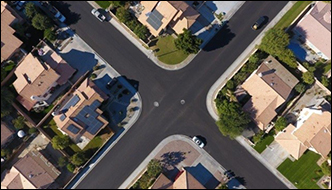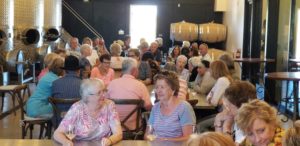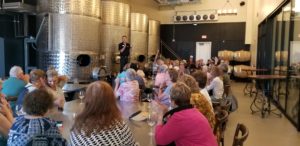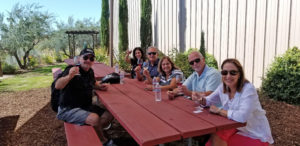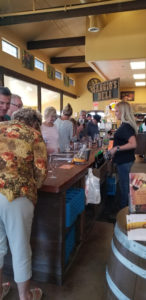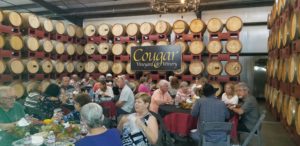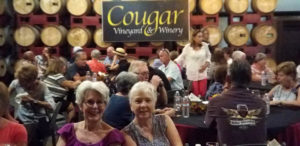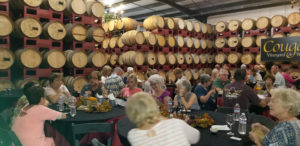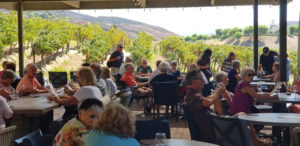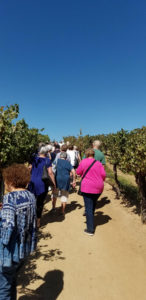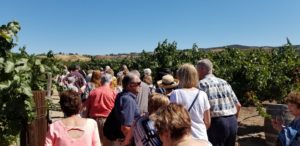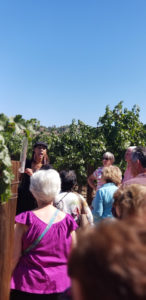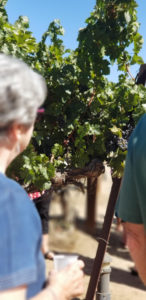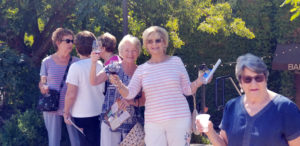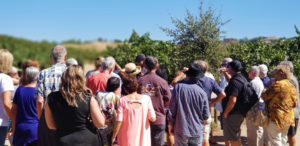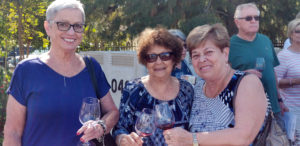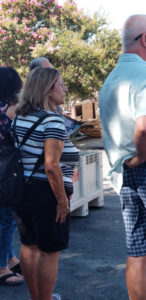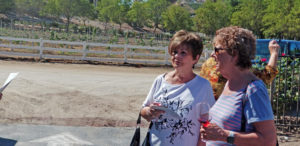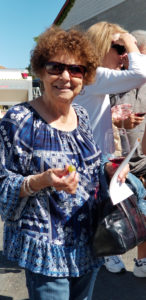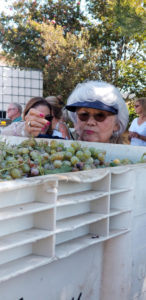
By Bill Wethe
Finance Advisory Committee Chair
Is Depreciation Expense a Real Cost and a Real Expense?
Answer
Yes, it is!! For more information, please continue reading. Caution – reading this article may put you to sleep.
Background information – Fund Accounting
The Association is a statutory homeowner’s association organized as a non-profit mutual benefit corporation for purposes of maintaining and preserving common property within the residential development consisting of 3,450 residential units.
The Association’s governing documents provide certain guidelines for governing its financial activities. To ensure observance of limitations and restrictions on the use of financial resources, the Association maintains its accounts using fund accounting in accordance with Generally Accepted Accounting Principles (GAAP). Financial resources of the Association are classified for accounting and financial reporting purposes in the following funds established according to their nature and purpose:
- Operating Fund – This fund is used to accumulate financial resources and to account for the financial resources available for the general operations, the chartered clubs, and for the property and equipment (i.e., there are three “sub-components” of this fund). General operations include the operation, maintenance, repair, property protection, and management of the common areas owned by the Association. This fund is also used to account for the financial resources utilized for the creation of new (i.e., not a replacement) real and personal property additions in the common area. The property and equipment sub-component of this fund is to account for the personal property placed in service in the common area. The personal property includes fitness equipment, golf course maintenance equipment, and furniture and equipment in the clubhouses and management offices.
- Replacement Fund – This fund is used to accumulate financial resources and to account for the financial resources available for future replacements of real and personal property owned by the Association. These items are referred to as common area components.
Accounting for common area property in accordance with GAAP
Real property and common areas acquired from the developer and improvements and additions to the real property owned by the Association (such as new pickle ball courts) are not recognized as assets in the balance sheet of the Association in conformity with GAAP and industry standards. The financial resources expended to create improvements and additions to the real property owned by the Association are recognized as an expense of the Operating Fund at the time the expenditure is incurred. These items appear as a common area improvement expense in the statement of revenues and expenses of the Operating Fund.
Expenditures for replacements of common area real property components are accounted for as an expense of the Replacement Fund at the time the expenditure is incurred. These items appear as a replacement fund expense in the statement of revenues and expenses of the Replacement Fund.
Expenditures for replacements of common area personal property components are not recorded as an expense in the statement of revenues and expenses of the Operating Fund nor in the statement of revenues and expenses of the Replacement Fund at the time expenditure is incurred. The cash expenditure is recorded as an addition to Property and Equipment in the balance sheet of the Operating Fund of the Association. So, how does the Association and its members recognize the cost or expense of this cash expenditure?? Please read on.
Background information – Recording Expenses
As you know, assessment income paid by members of the Association, and collected by the Association includes monthly amounts allocable to the Operating Fund and the Replacement Fund. The assessment income is recognized as revenue in the statement of revenues and expenses of the respective funds.
The common area personal property components are recorded as an asset in Property and Equipment in the balance sheet of the Operating Fund at the time the expenditure is incurred and are stated at cost. Unlike replacement of common area real property components, the expense for personal property cash expenditures is not recognized until future periods (i.e., after the cash expenditure). The personal property assets are depreciated using the straight-line method over the estimated useful lives of the various classes of assets. Depreciation expense is computed over the following estimated useful lives:
- Vehicles, carts and equipment: 4 to 10 years
- Furniture and office equipment: 5 to 7 years
So, the “expense”, the depreciation expense, for the total cost of the common area personal property components is recognized over a period of years in the statement of revenues and expenses of the Operating Fund as opposed to at the time of the expenditure of funds by the Replacement Fund. Depreciation expense of common area personal property is a real cost, a real expense. It is recognized over the estimated useful life of the asset acquired vs. at the time of the expenditure.
The Replacement Fund provides the cash accumulated for these common area personal property expenditures to the Operating Fund which then uses the cash owned by the Association to pay the third-party vendors. The cash transferred from the Replacement Fund to the Operating Fund appears as an inter-fund transfer in the statements of Fund Balance (i.e., it is not recognized as an expense at time of transfer; it is a transfer of cash between funds owned by the Association).
You may ask why a difference in accounting and financial reporting for Replacement Fund expenditures. Expenditures for both real and personal property component replacements have future value to the Association. Why does the Association recognize an expense for the replacement of a common area real property component at the time of the expenditure but does not do the same for the replacement of a common area personal property component? The industry standard and GAAP answer is - common area real property components cannot be sold by the Association at any time; common area personal property components can be sold, exchanged or traded in by the Association at any time (subject to Board approval). As a result, the cost of the common area personal property components is recognized as an expense in the Operating Fund over the estimated useful live of the component versus at the time the expenditure is incurred.
Additional FAC Members: Larry Anderson, John Deshaw, Steve Proia, Carey Thompson, Bob Giovannettone and Bill Ferstenfeld.
Contact the author at finance@scshca.com.





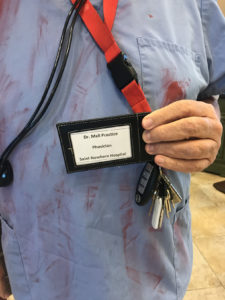
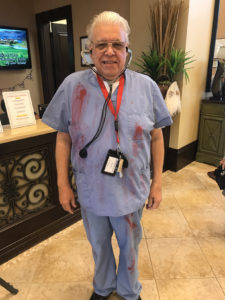

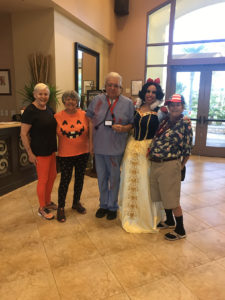

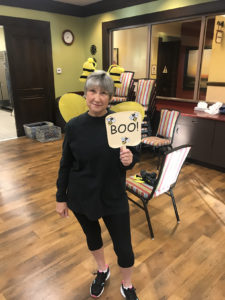
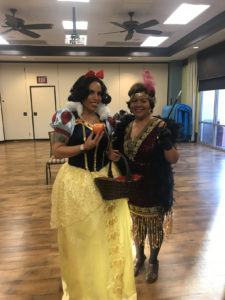
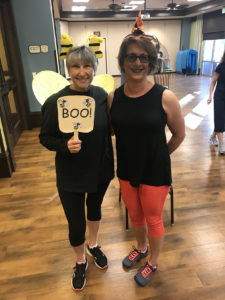

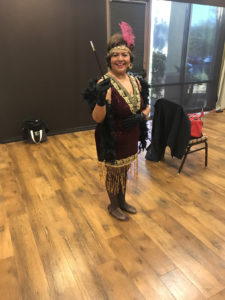

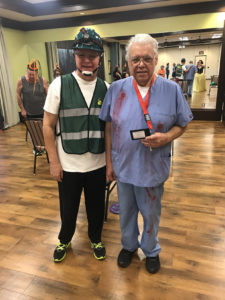



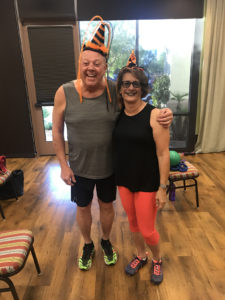
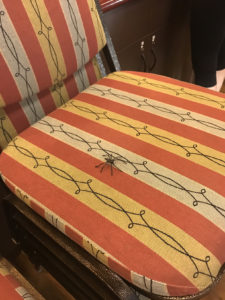




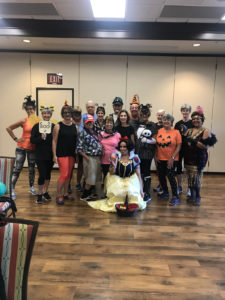

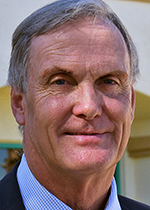



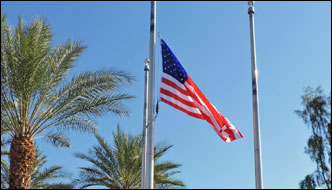


 The Indio Senior Center, in partnership with the American Heart Association (AHA) and Desert Oasis Healthcare, began offering a series of blood pressure classes in September 2019 to educate residents on how to improve their heart health as part of the “Desert Communities: Life is Why” initiative. The AHA also unveiled a new blood pressure kiosk at the Indio Senior Center to allow members to check their blood pressure on a regular basis outside of the doctor’s office. The kiosk is free to use and is a great way to monitor blood pressure in a relaxing setting, and offers tips on how to lower high blood pressure risk. High blood pressure is known as the "silent killer" because there are no obvious warning signs and if left uncontrolled it can lead to heart attack, stroke, heart failure and other serious life threats.
The Indio Senior Center, in partnership with the American Heart Association (AHA) and Desert Oasis Healthcare, began offering a series of blood pressure classes in September 2019 to educate residents on how to improve their heart health as part of the “Desert Communities: Life is Why” initiative. The AHA also unveiled a new blood pressure kiosk at the Indio Senior Center to allow members to check their blood pressure on a regular basis outside of the doctor’s office. The kiosk is free to use and is a great way to monitor blood pressure in a relaxing setting, and offers tips on how to lower high blood pressure risk. High blood pressure is known as the "silent killer" because there are no obvious warning signs and if left uncontrolled it can lead to heart attack, stroke, heart failure and other serious life threats.